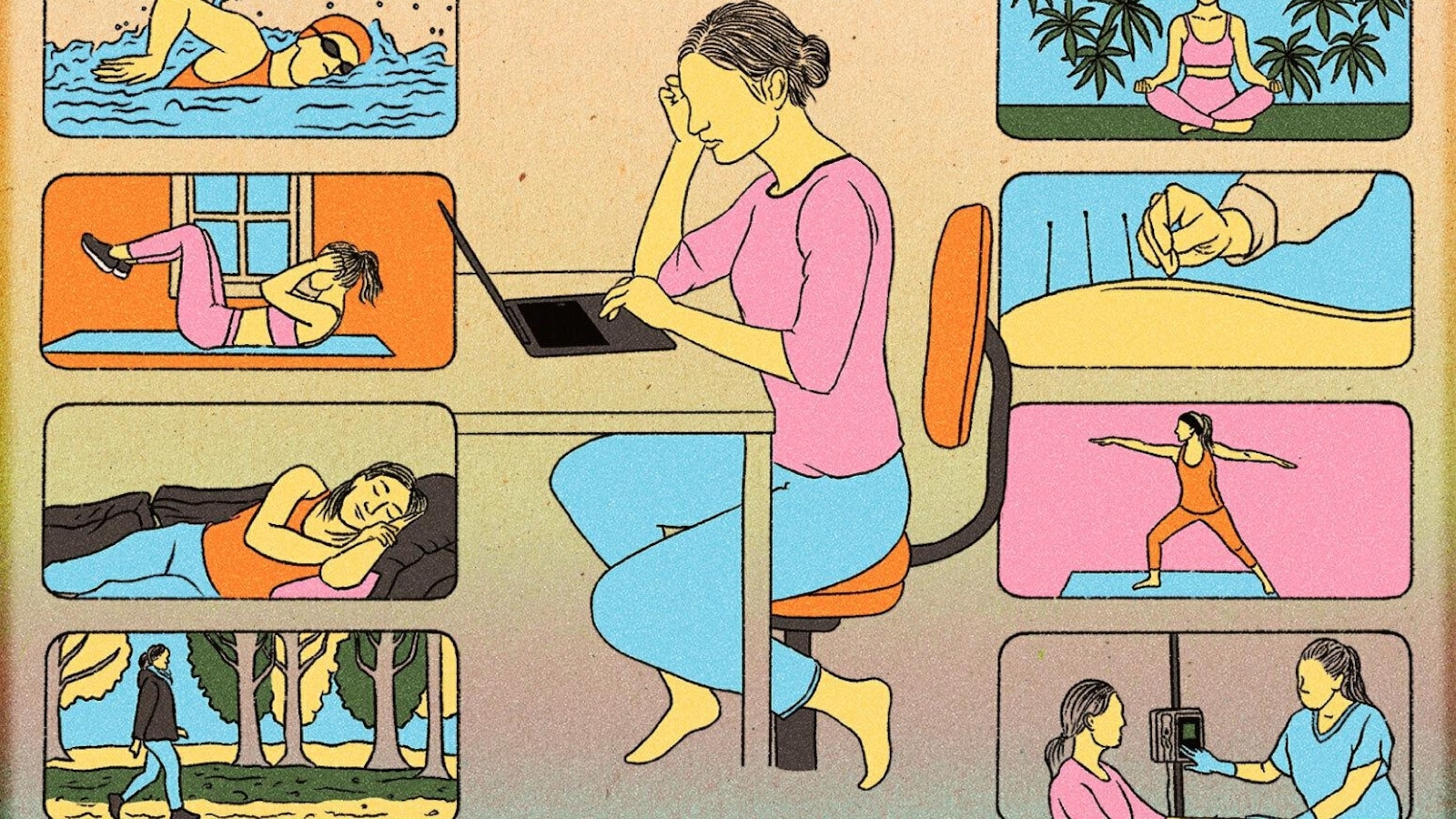Days later, my cardiologist informed me that I needed a defibrillator implanted as soon as possible. “It’s time to reduce stress,” he said—a prescription I found daunting, particularly as a parent to a young child. However, a cancer diagnosis following my heart incident compelled me to take my health seriously and embrace this necessary change.
As I embark on this journey, I’m launching a new series titled “Working Well,” where I will explore ways to enhance well-being in the workplace. Throughout this series, I’ll share insights from experts and my own experiences in hopes of helping readers improve their work-life balance.
The past few years have posed immense challenges. The global pandemic took loved ones from us and left many parents struggling to balance childcare with full-time jobs. Recent college graduates entered the workforce without the guidance of mentors or office camaraderie. Political strife and conflicts have further strained familial and workplace relationships. It’s no surprise that employees are feeling exhausted.
Yet, these challenges have also sparked a greater awareness of the importance of building a healthier professional life. Companies have experimented with hybrid work models, and younger generations are more vocal about mental health issues. Employers keen on retaining talent have introduced yoga classes and stress-reduction programs to support their workforce.
The Associated Press aims to contribute to the conversation about workplace wellness. In the coming months, we will interview doctors, therapists, executives, and coaches about the changes they are implementing or recommending to improve employees’ lives—ideas that may resonate with you as well.
This topic is deeply personal to me. After receiving my defibrillator, I began taking steps to find that elusive work-life balance. I experimented with a four-day workweek, allowing me more time to exercise, cook healthy meals, and occasionally take a breather.
As I was finding my rhythm, a routine mammogram revealed breast cancer, leading to surgery and a daunting treatment plan involving months of chemotherapy and radiation. My heart condition complicated every aspect of my treatment, forcing me to navigate my health more carefully than ever.
For the first time in my life, I was compelled to slow down and listen to my body. Instead of reaching for chocolate or coffee when fatigue hit, I opted for short naps. I ensured my chemotherapy appointments were scheduled so I could still be present for my son’s kindergarten milestones, birthday celebrations, and Halloween trick-or-treating.
Encouraged by my oncologist to remain active during chemotherapy, I swam in city pools beneath oak trees, carefully switching from my swim cap to my wig or headscarf. I tried yin yoga and took leisurely walks. When dizziness struck, I rested. On days I felt strong, I hopped on my stationary bike or did crunches.
I even started acupuncture and eventually explored meditation. Unlike my heart condition, which had often isolated me from support networks, I discovered that many resources were available for cancer patients. Social workers reached out to me at every stage of my treatment.
At one point, I had three doctors guiding me. One taught me a calming technique that I employed during my PET scan. As my husband drove through heavy traffic, I felt the familiar grip of anxiety, imagining the radiologist discovering tumors throughout my body. I recalled my doctor’s advice: name five things you can see, four things you can hear, three things you can feel, two things you can smell, and one thing you can taste. Implementing this technique calmed my nerves.
Eventually, my body healed enough for me to return to work, but I was changed. I still battled brain fog and fatigue from the lingering effects of chemotherapy and radiation. Would I be able to perform? Was it feasible to maintain my health while advancing in my career?
Now back at work, I am determined to continue the healthy habits that cancer forced me to adopt. Writing stories that help others, including this series, is one way to reinforce those commitments.
In “Working Well,” I’ll share stories of inspiring individuals who have overcome obstacles and actively improved their health. Topics will range from negotiating new schedules to navigating workplace challenges while dealing with health issues.
I also want to hear your stories. Have you overcome significant barriers at work? Adopted new habits? Found balance as a working parent? Share your experiences and questions about workplace wellness at [email protected]. Together, let’s strive for better well-being in our professional lives.


